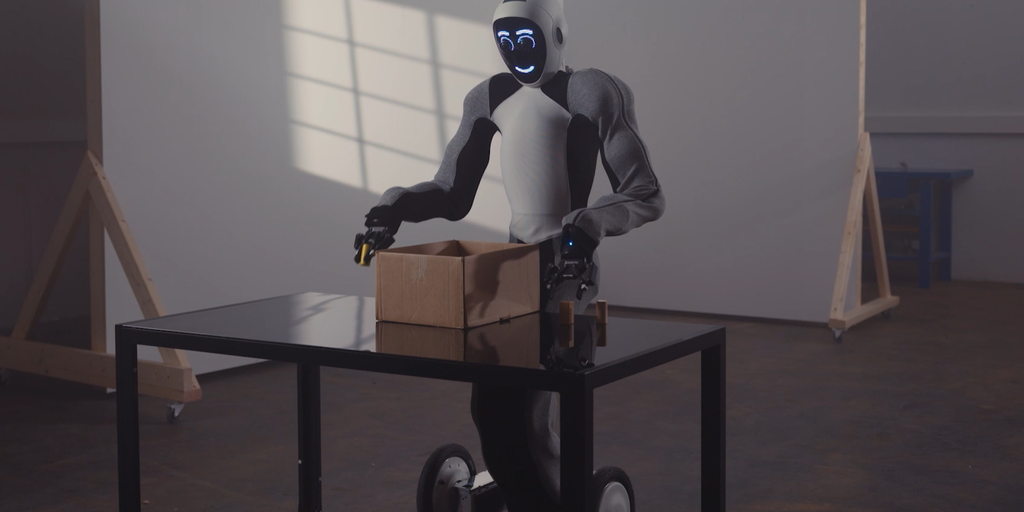In a groundbreaking development, a robotics startup backed by OpenAI has outpaced Elon Musk’s Tesla by successfully launching AI-powered humanoid robots in real-world environments. These advanced robots, equipped with artificial intelligence, are already serving as security guards and are slated for deployment in assisted living facilities and hospices. The startup, known as 1X, has introduced EVE, a revolutionary humanoid robot capable of specialized tasks that were previously exclusive to humans. EVE’s remarkable performance has exceeded initial expectations, leaving Tesla’s highly anticipated robots trailing behind.
EVE’s Successful Integration and Milestones:
Since its activation in April this year, EVE has seamlessly integrated into professional environments, surpassing initial expectations. The humanoid robot has made history by becoming an integral part of security operations at two industrial sites. With its humanoid head, face, and autonomous arm movements, EVE operates under human supervision while patrolling these locations. Standing apart from its contemporaries such as Boston Dynamics, EVE’s human-like appearance and robotic hands enable it to open doors, windows, and manipulate objects, setting new benchmarks in humanoid robotics. Bernt Bornich, the CEO of 1X, envisions a future where humanoid robots like EVE alleviate labor shortages and transform sustainable energy into any desired product or service. Bornich also expresses optimism about extending the deployment of these robots to elderly care in the coming years, in line with OpenAI’s predictions.
1X’s Continued Innovations:
1X, fueled by OpenAI, is not only focusing on humanoid robots like EVE but is also engaged in other cutting-edge projects. They are developing a new robot called NEO, which will feature bipedal locomotion, enabling it to walk like a human. Additionally, 1X is collaborating with Google on Med-PaLM 2, an advanced language model tailored specifically for the medical field. These innovations highlight 1X’s commitment to pushing the boundaries of robotics and AI.
Tesla’s Progress and Future Prospects:
During a recent shareholder meeting, Tesla provided an update on its humanoid robot program, Optimus. Surprisingly, the robots were observed moving within Tesla’s facilities, with Elon Musk expressing his enthusiasm for the project. He remarked that Optimus was greatly underrated and speculated about a future with two robots per human on the planet. However, as of now, EVE from 1X stands tall as the first successfully deployed humanoid robot in the real world, thanks to its LED face, which enables it to display reactions and facilitates communication between operators.
Conclusion:
The OpenAI-funded robotics startup, 1X, has taken the lead in the race for AI-powered humanoid robots by introducing EVE, an exceptional creation that has surpassed Elon Musk’s Tesla in real-world deployment. EVE’s remarkable capabilities, including its human-like appearance, robotic hands, and seamless integration into professional environments, have set a new standard for humanoid robots. With future plans for expansion into elderly care, 1X envisions a world where humanoid robots address labor shortages and transform sustainable energy. Meanwhile, Tesla continues to make strides in its humanoid robot program, Optimus, and the future holds great promise for advancements in the field of robotics.





